At the Dialogue Conference on "Propaganda, dissemination and effective implementation of policies and laws on land and housing" held on the morning of October 15, Mr. Nguyen Dac Nhan, Deputy Director of the Department of Land, Ministry of Natural Resources and Environment said: The 2024 Land Law and documents detailing the implementation of the Land Law have many very new points.

The 2024 Land Law allows people of Vietnamese origin to inherit land. (Photo: VH)
The first new point is related to the issue of decentralization and delegation of power in state management of land.
Accordingly, the 2024 Land Law decentralizes all authority to permit the conversion of forest land and rice land use purposes to the Provincial People's Council.
Decentralize the approval of national land use plans to the Government; the Prime Minister approves provincial land use plans and provincial land use plans.
Decentralize the authority to the District People's Committee to recover land in cases specified in Articles 78 and 79 of the Land Law regardless of land users, organizations, and individuals managing and possessing the land.
District People's Committees may reclaim land from households, individuals, and residential communities in the cases specified in Articles 81 and 82 of the Land Law.
Decentralize the authority to decide on specific land prices to the Chairman of the District People's Committee (in cases of land allocation, land lease, etc.) under the authority of the District People's Committee.
The second new point relates to the issue of land user rights. Specifically, domestic individuals and overseas Vietnamese who are Vietnamese citizens are both “individuals” using land.
Thus, Vietnamese people residing abroad are Vietnamese citizens with full rights and obligations in land management and use like individuals in the country. This regulation will improve the efficiency of land use.
Overseas Vietnamese are allowed to enter Vietnam, in addition to purchasing, leasing and purchasing houses with land use rights attached, and receiving land use rights in housing development projects. The new law also allows inheritance of land use rights and other types of land on the same plot of land with houses according to the provisions of civil law; receiving gifts of houses with land use rights attached from people in the line of inheritance according to the provisions of civil law.
Individuals are allowed to transfer agricultural land use rights with other individuals in the same provincial administrative unit (and do not have to pay income tax from the transfer and registration fees).
The third new point is related to the issue of land use planning. Specifically, the National Land Use Plan only controls the indicators of rice-growing land, protective forest land, special-use forest land, production forest land that is natural forest, national defense land, and security land. It is up to localities to determine the land use indicators in the land use plan.
As for district-level land use planning, the content of the annual district-level land use plan is simpler. There is no requirement to include in the annual district-level land use plan the need to change the land use purpose associated with residential land plots of households and individuals.
Specify some cases that do not have to be added to the annual district-level land use plan (projects that have been approved for investment/investment decisions by the National Assembly, Prime Minister or Provincial People's Council).
The fourth new point is related to land recovery. Accordingly, the Law specifically stipulates the basis and conditions for land recovery for national defense and security purposes; socio-economic development for national and public interests.
The condition for land recovery is to complete the approval of compensation, support, resettlement plans and resettlement arrangements according to the provisions of the Land Law.
For land recovery in the vicinity, investment projects to build urban areas and rural residential areas, it is necessary to meet the conditions for creating land funds invested by the State for management, exploitation or land allocation and lease to investors according to the provisions of law.
In addition, the Law also stipulates 31 cases of land recovery for national defense and security purposes; socio-economic development for national and public interests.
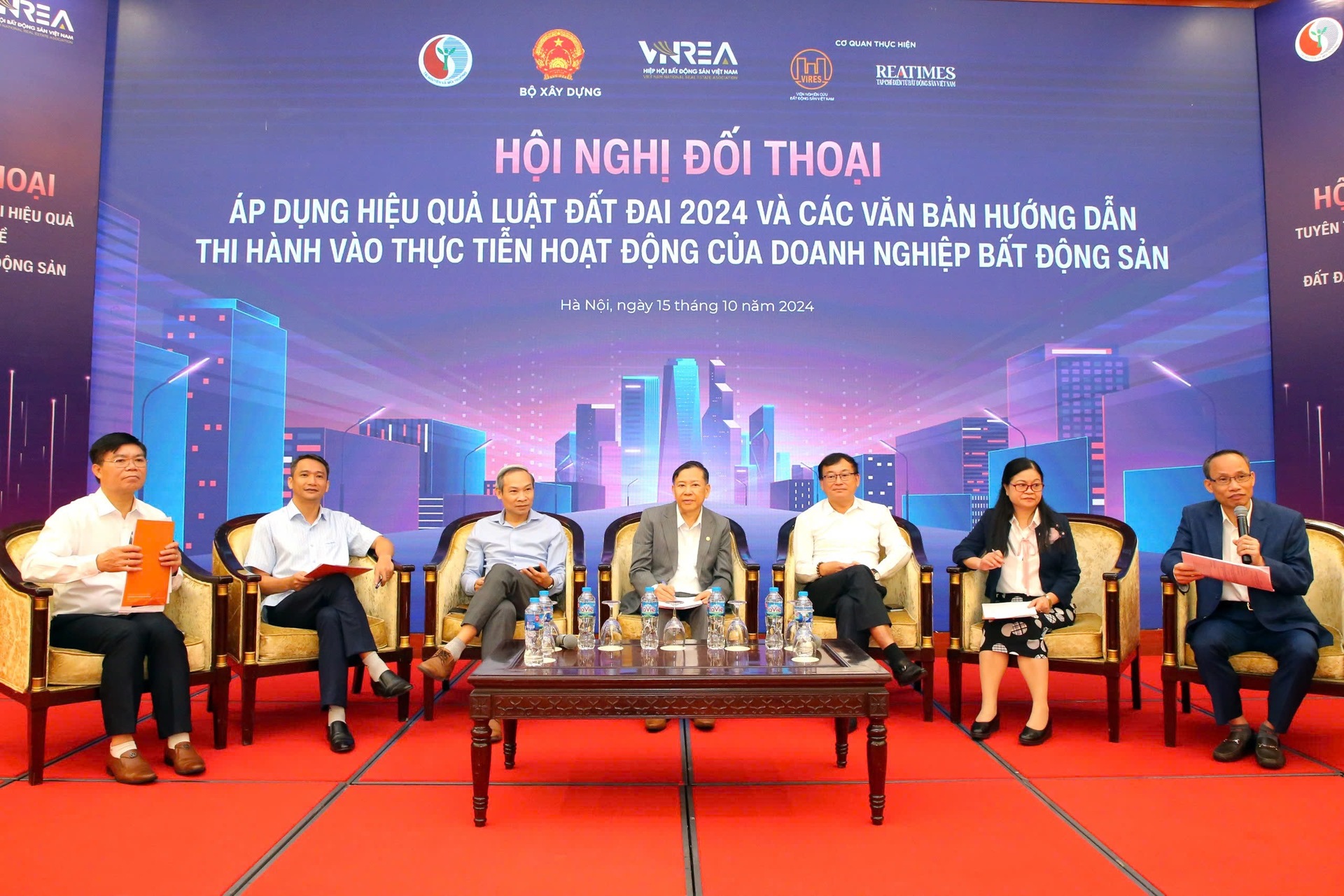
Overview of the Conference. (Photo: RT)
The fifth new point is related to the issue of compensation, support and resettlement when the state acquires land.
Specifically, the Law has amended and supplemented the compensation principles in the direction of diversifying compensation forms, including: Compensation by land with the same purpose as the recovered land, by money, by other land, by housing.
The Law also expands the composition of the Compensation, Support and Resettlement Council with the participation of representatives of the People's Council, the Vietnam Fatherland Front at the same level, representatives of land users whose land is recovered... to ensure objectivity, transparency and participation of relevant parties.
The Law also provides compensation and support for property owners who are not also land users and people affected by land acquisition.
Article 109 stipulates support for training, career conversion and job search for households and individuals when the State reclaims land. Specifically, the cash support shall not exceed 5 times the price of agricultural land of the same type in the local land price list for the entire area of recovered agricultural land but shall not exceed the local agricultural land allocation limit,...
The sixth new point is related to land allocation, land lease, and land use conversion.
Specifically, regulations on cases of land allocation and land lease through bidding to select investors to implement projects using land in: Projects that must organize bidding to select investors according to regulations of laws on industry and sector management; Urban area projects for which the Provincial People's Council decides on land allocation and land lease through bidding to select investors.
In addition, decentralize all authority to approve the change of land use purpose for rice cultivation and forest land (protection, special-use forests, production forests that are natural forests) to the People's Council at the provincial level.
Amend a number of articles of the Forestry Law to unify the decentralization of all authority to approve changes in forest use purposes to the Provincial People's Council.
Households and individuals who are using agricultural land in residential areas, agricultural land in the same plot of land with residential land or non-agricultural land that is not residential land and have a need to change the purpose of use to residential land, the competent authority shall base on the district-level land use planning...
The seventh new point is related to land finance. Accordingly, the Government's regulations on land price framework are abolished; The land price list is first announced and applied from January 1, 2026; adjusted, revised, and supplemented annually; locally by land type, by region.
In addition, the Law also specifically stipulates 4 methods of land valuation, including: Comparison method, income method, surplus method, and land price adjustment coefficient method.
The eighth new point relates to the issue of land use regime. Accordingly, the Law has expanded the limit for receiving transfer of agricultural land use rights of individuals to no more than 15 times the limit for agricultural land allocation of individuals.
Expand the subjects eligible for transfer of rice-growing land to individuals not directly engaged in agricultural production within the land allocation limit.
Regarding the regulation on "Multi-purpose land use", using a part of the land area of the main land use purpose for another purpose, the main land use purpose is the purpose of the land plot for which the State has allocated land, leased land, recognized land use rights, and is using the land stably and is eligible for a Certificate.
The land area used for combined purposes must not exceed 50% of the land area used for the main purpose (except for residential land area used for multiple purposes).
Do not change the main land type according to land classification and determined according to regulations in land law; do not lose the necessary conditions to return to using land for the main purpose; must comply with the provisions of land law and other relevant laws.
Source: https://www.congluan.vn/nhieu-quy-dinh-moi-cua-luat-dat-dai-2024-cho-phep-nguoi-goc-viet-nam-thua-ke-dat-dai-post316895.html


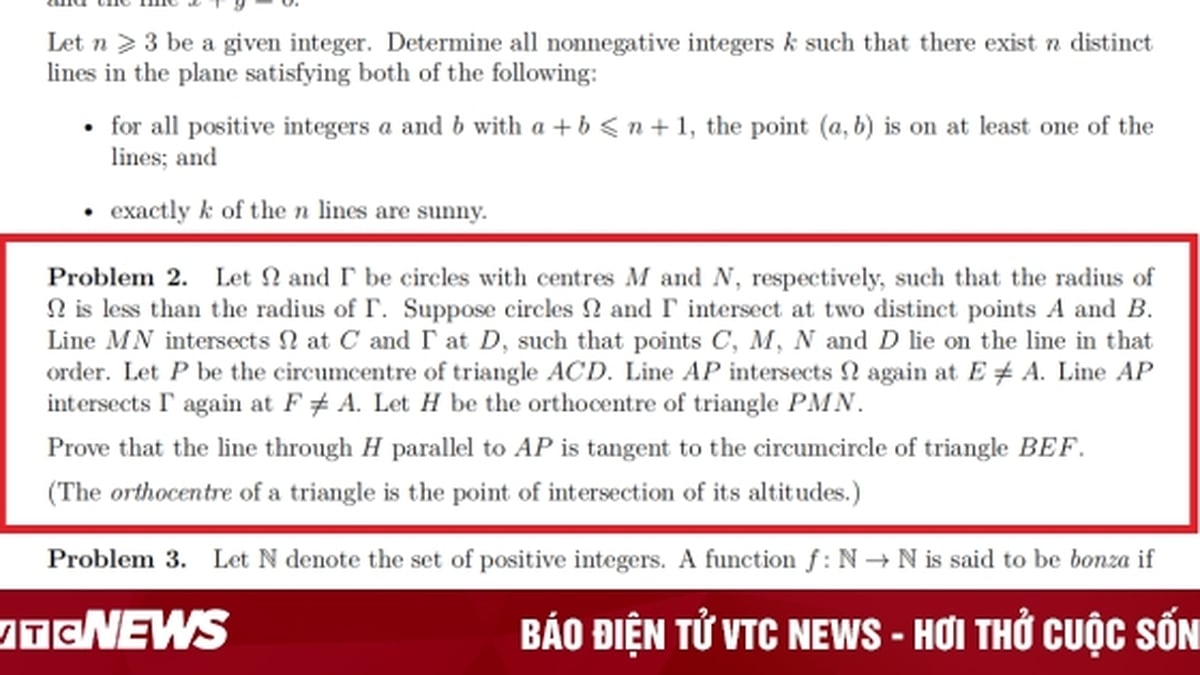

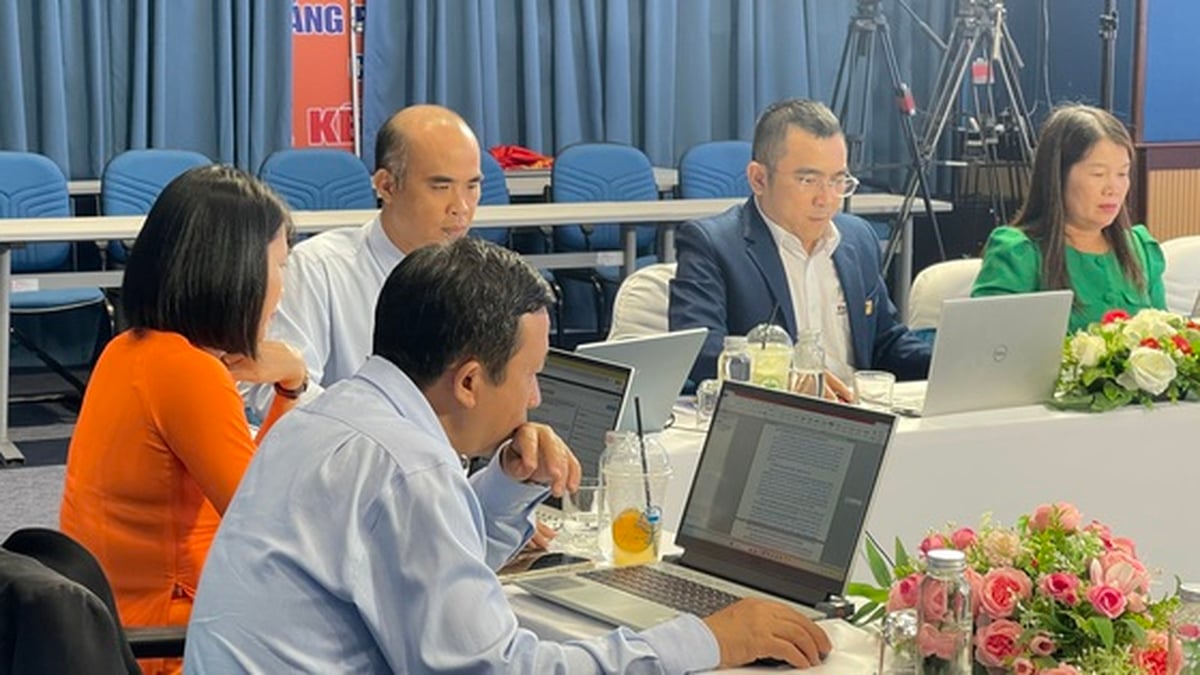
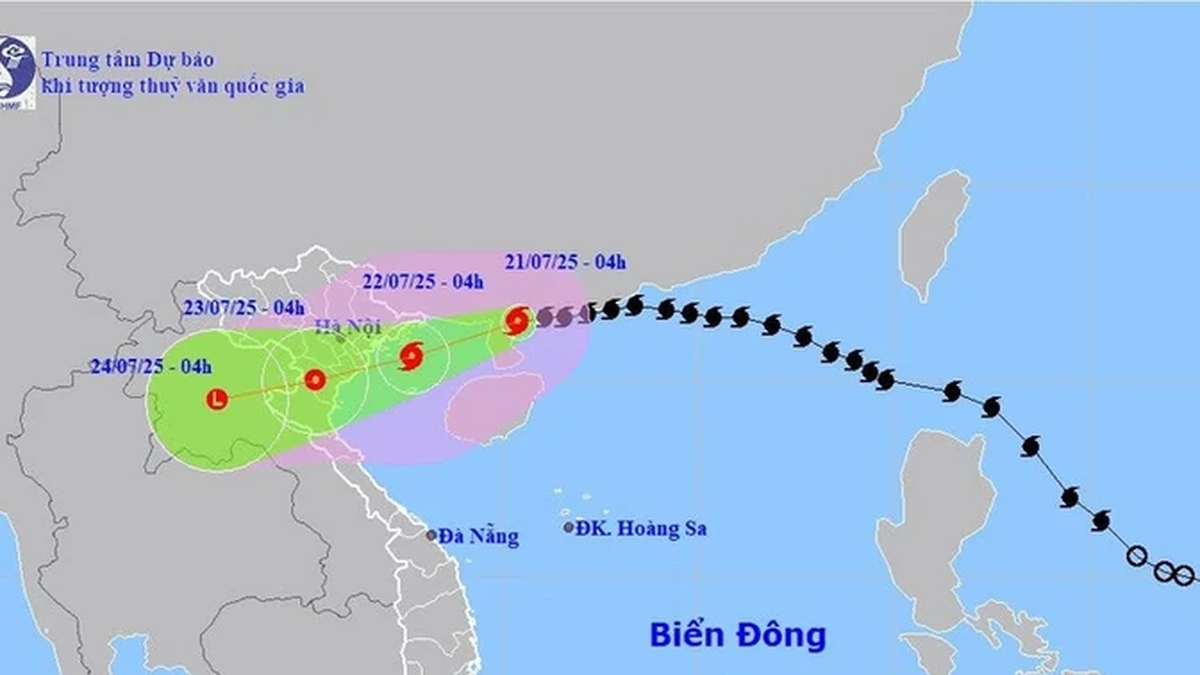




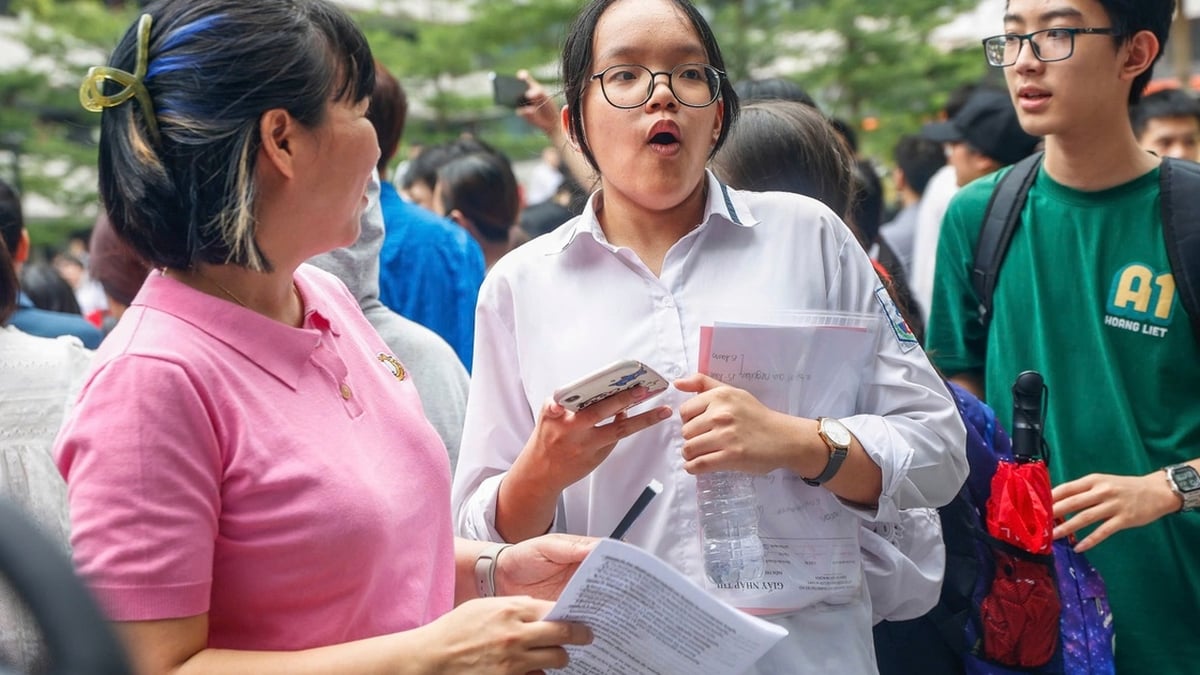
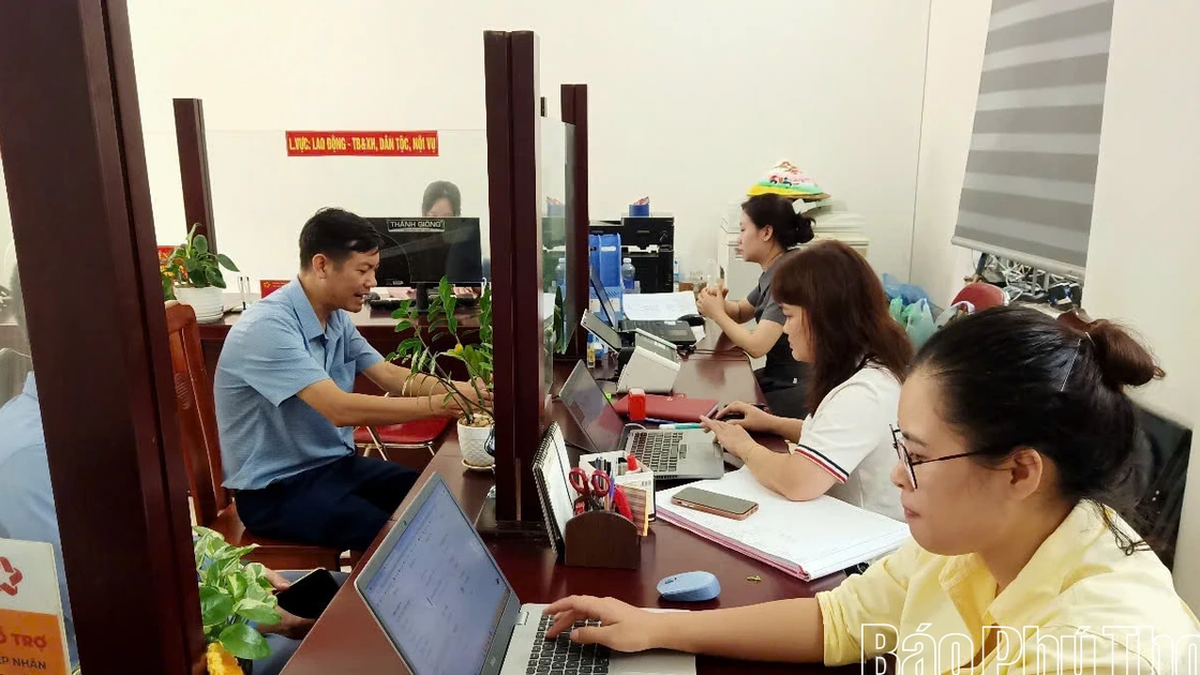


















![[Photo] National Assembly Chairman Tran Thanh Man visits Vietnamese Heroic Mother Ta Thi Tran](https://vphoto.vietnam.vn/thumb/1200x675/vietnam/resource/IMAGE/2025/7/20/765c0bd057dd44ad83ab89fe0255b783)






























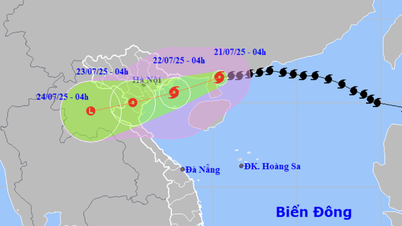




































Comment (0)